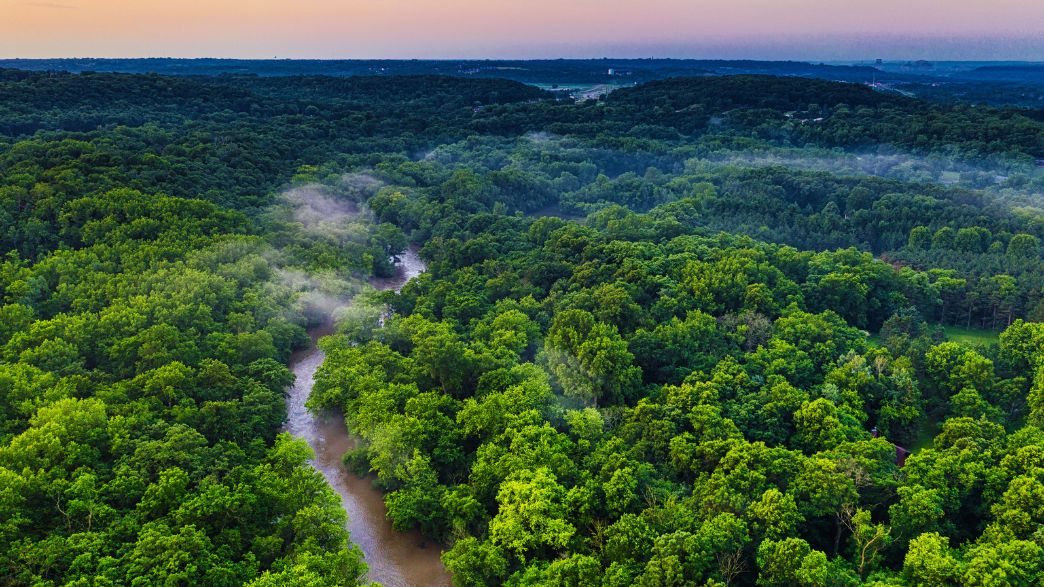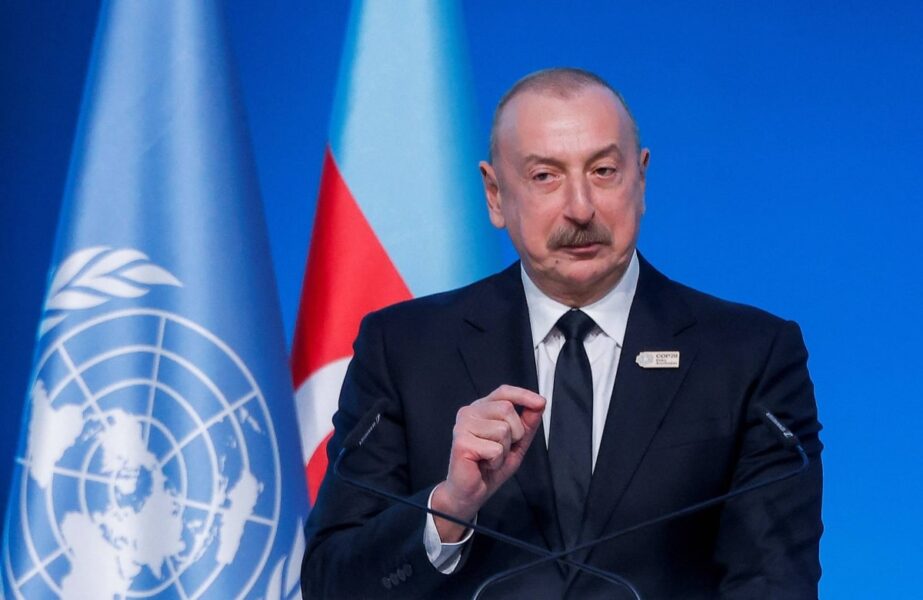A bale of 57 endangered sea turtles was released into the wild at Jumeirah Saadiyat Island on Thursday.
The turtle species consisted of 39 hawksbill, 17 green turtles and one loggerhead.
Organised by Environmental Agency Abu Dhabi, the release was attended by volunteers as members of the public watched on, coming after 214 turtles were rescued since the winter of 2023.
Nearly all species of turtle are classified as endangered. Slaughtered for their eggs, meat, skin, and shells, turtles suffer from poaching and over-exploitation while also facing habitat destruction and accidental capture in fishing gear.
Working alongside SeaWorld Yas Island and the National Aquarium, the EAD manages the rescue of sea turtles off the UAE coastline, often finding the animals injured or undernourished.
Some of the turtles are showcased in SeaWorld Yas Island and the National Aquarium to increase awareness of the dangers these animals face.
This comes as part of a larger effort by the agency to protect endangered species of turtles, dugongs and dolphins from the perils they face at sea like loss of habitat, loss of nesting sites and marine pollution as a result of climate change.
How are the turtles rescued?
“We have holding pools that are there, we have a hospital, when we bring them in, we are able to do an assessment on them,” said Thomas Kaferle, general manager of SeaWorld Yas Island.
“We’ll do an assessment and see why the animal was having problems and why we needed to rescue it and then we’d monitor it as long as we need to. Our ultimate goal is to release them back into the wild.”
Mr Kaferle explained that, aside from the pools and the hospitals, there are ambulances that respond to reports of injured turtles so they can be brought back for treatment.
The team of researchers also bring back dead turtles that have been washed ashore to assess how they died to prevent more deaths in future.
Once released, satellite imaging and migratory trackers are attached to the rehabilitated turtles to gather data and make sure they journey back to their nesting sites.
“Satellite tracking helps us monitor a turtle in terms of migration routes, its behaviour, where it goes to feed. It really helps us understand how a turtle is doing post-rehabilitation and in its natural habitat,” said Dr Hind Al Ameri, a specialist in marine biodiversity at EAD.
Why do they need rescuing?
“The majority of the turtles we receive are cold-stunned. Marine turtles are reptiles, they are cold-blooded animals, so, the external temperature helps them regulate the internal temperature. During winter, they become lazy, they can’t swim properly, and don’t eat properly,” said Dr Al Ameri.
Dr Al Ameri emphasised that the younger ones are especially impacted by this because they are not as used to the sea as their elders. Barnacles form on the back of the turtles making them heavy and unable to swim, and that’s when the rescue teams step in to help.
“Sea turtles are an important part of the marine ecosystem and losing them would mean losing balance in our seas,” said Dr Al Ameri.
“One example is how hawksbill turtles feed on jellyfish and, if the turtles weren’t there to feed on them, we’d have a larger population of jellyfish which would affect the number of fish which would in turn affect us as humans as we won’t get as many fish as we currently do.”
Source: https://www.thenationalnews.com/news/uae/2024/06/06/turtles-released-saadiyat-island/



